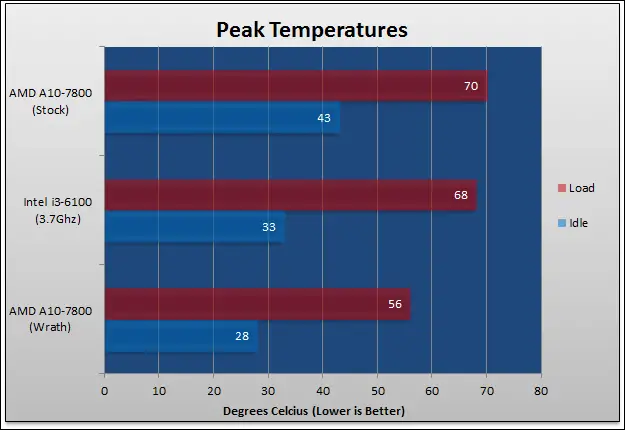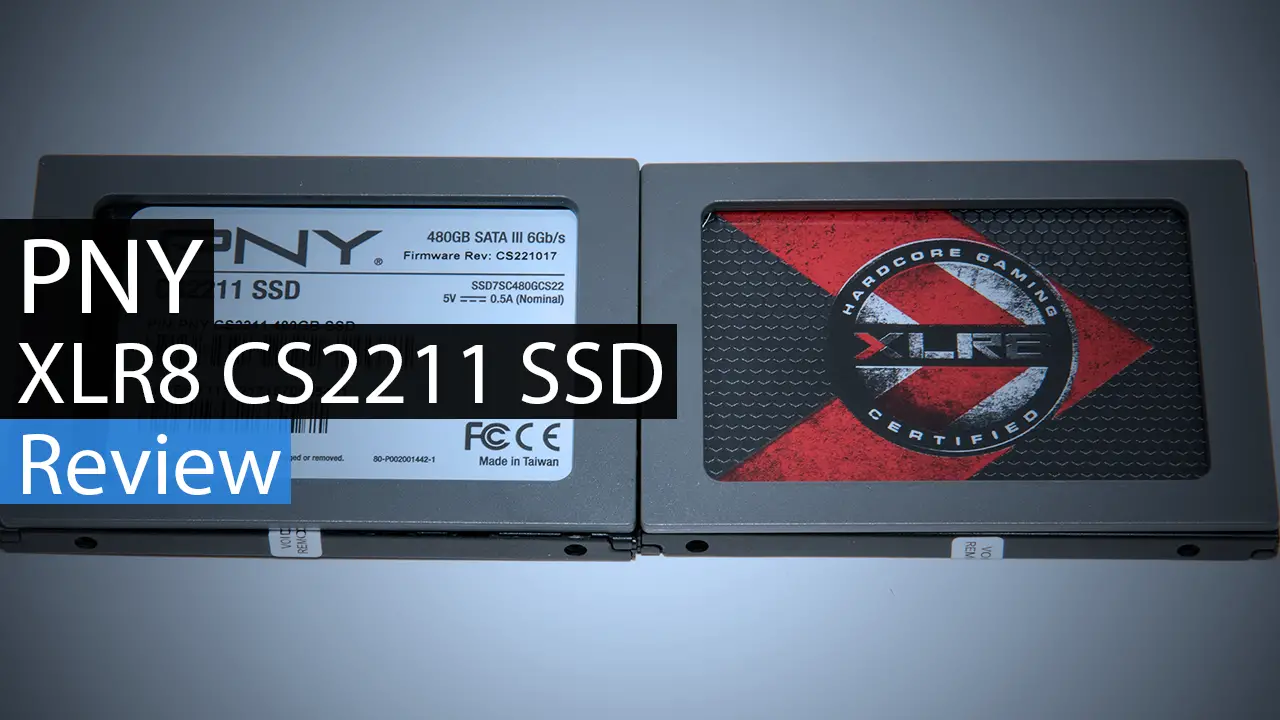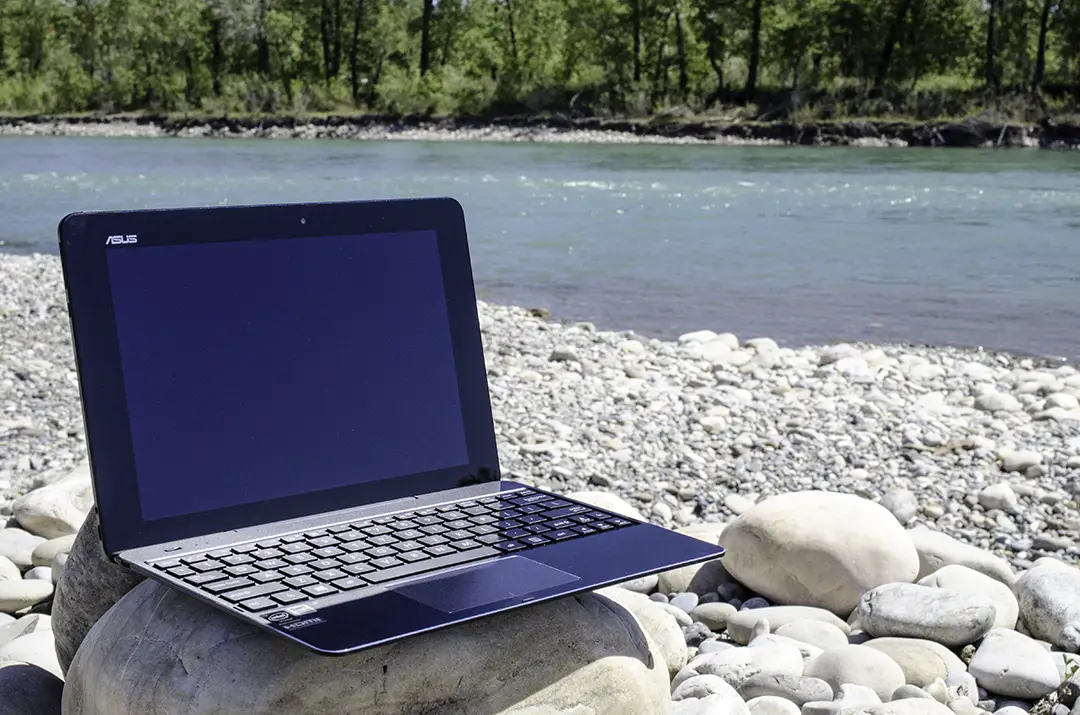System Power Consumption
To obtain accurate results we have connected the system to a Power Angle power meter that has in turn been attached to a 1500watt UPS. This ensures only 120volt power is supplied to the PSU and removes an variances that could potential crop up because of brownouts and power spikes.
In order to stress the video card we have once again used Unigine’s Valley benchmark and ran it for 20 minutes to determine peak system power consumption. For idle results we have let the system idle at the Windows 8.1 desktop for 25 minutes and recorded the peak idle power consumption.
This is one area that Intel is clearly adhead of AMD in; however, given the rather noticeably powerful ‘video card’ built into the A10-7800 the additional power is not only expected but more than worth it!
Temperature Results
For all temperature testing the cards were used in an open test bed environment. Ambient temperature was kept at a constant 20°C (+/- 0.5°C) and if the ambient room temperatures rose above 21°C or dropped below 19°C at any time, all benchmarking was stopped until proper temperatures could normalized.
For Idle tests, we let the system idle at the Windows 8.1 desktop for 25 minutes and recorded the peak temperature. For Load tests we ran AIDA64 for 20 minutes.
These results just underscore exactly why we are so darn impressed with the wraith cooler. AMD really knocked it out of the park with this new design and it does pay dividends. So much so that we would feel completely comfortable with moderate overclocking with this ‘stock’ cooler. That is something that is a lot more difficult to do with Intel. Color us impressed!
Sound Level Test Results
While everyone “hears” noise differently there is one easy way to remove all subjectivness and easily compare different fans: use a sound level meter. This way you can easily compare the various fans noise envelopes without us coloring the results and see what fans fit within your personal comfort level. Of course, we will endeavor to try and explain the various results – which are taken at a 15 inch distance from the GPU’s fan(s) – to help you gain an even better understanding of how loud a cooler’s stock fan is, but even if you discount our personal opinions, the fact remains numbers don’t lie.
For Idle tests, we let the system idle at the Windows 8.1 desktop for 25 minutes and recorded the peak temperature. For Load tests we ran AIDA64 for 20 minutes.
Not only is the wraith much more potent it is also much easier to live with. As an added bonus this cooler is not only quieter when running flat out, but it stays quiet a lot longer than either the old AMD or new Intel stock cooling solutions. What this means is this stock solution is quiet enough that most owners will not bother swapping it out because of its ‘noise’ profile. Bloody brilliant.














